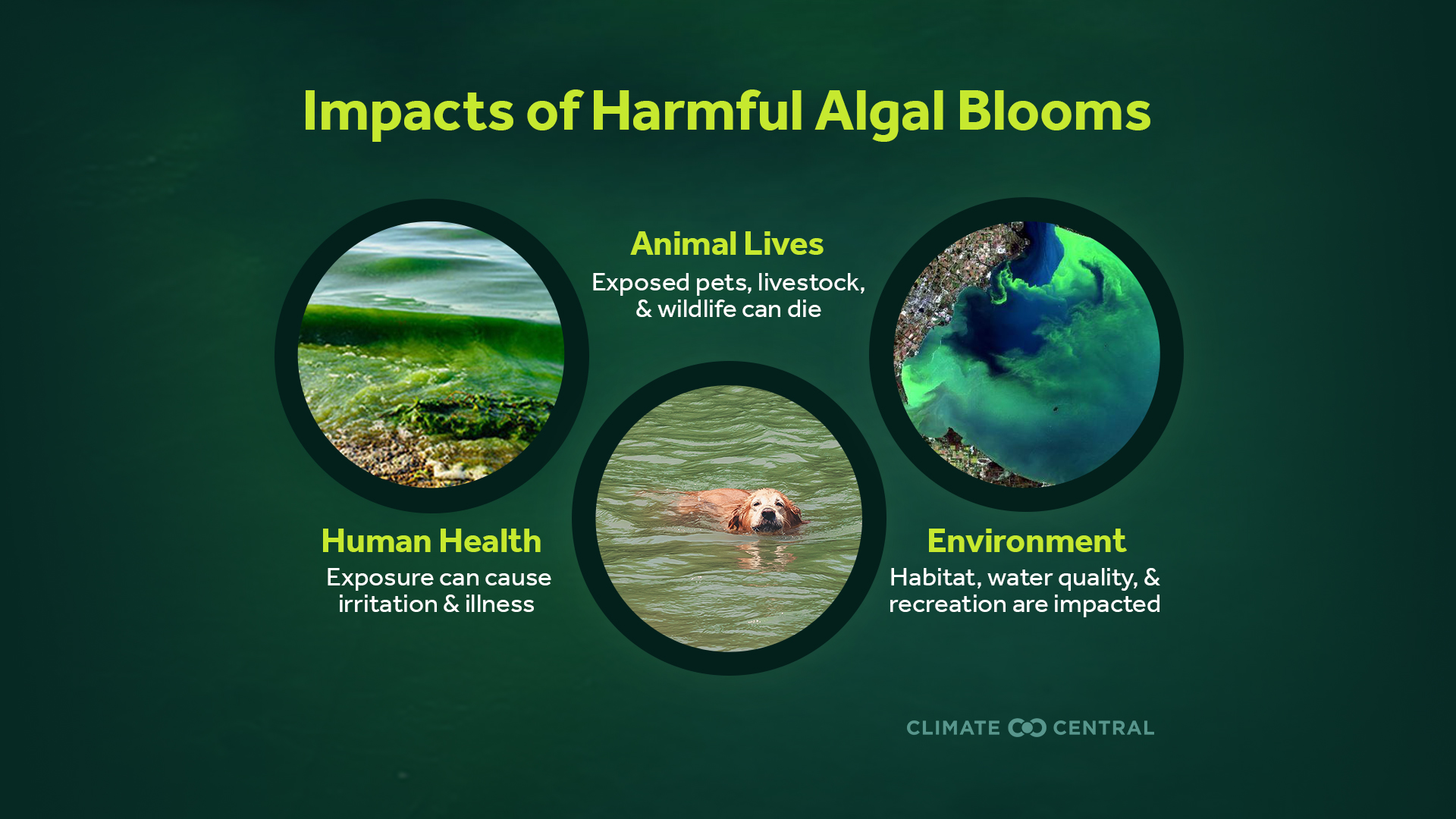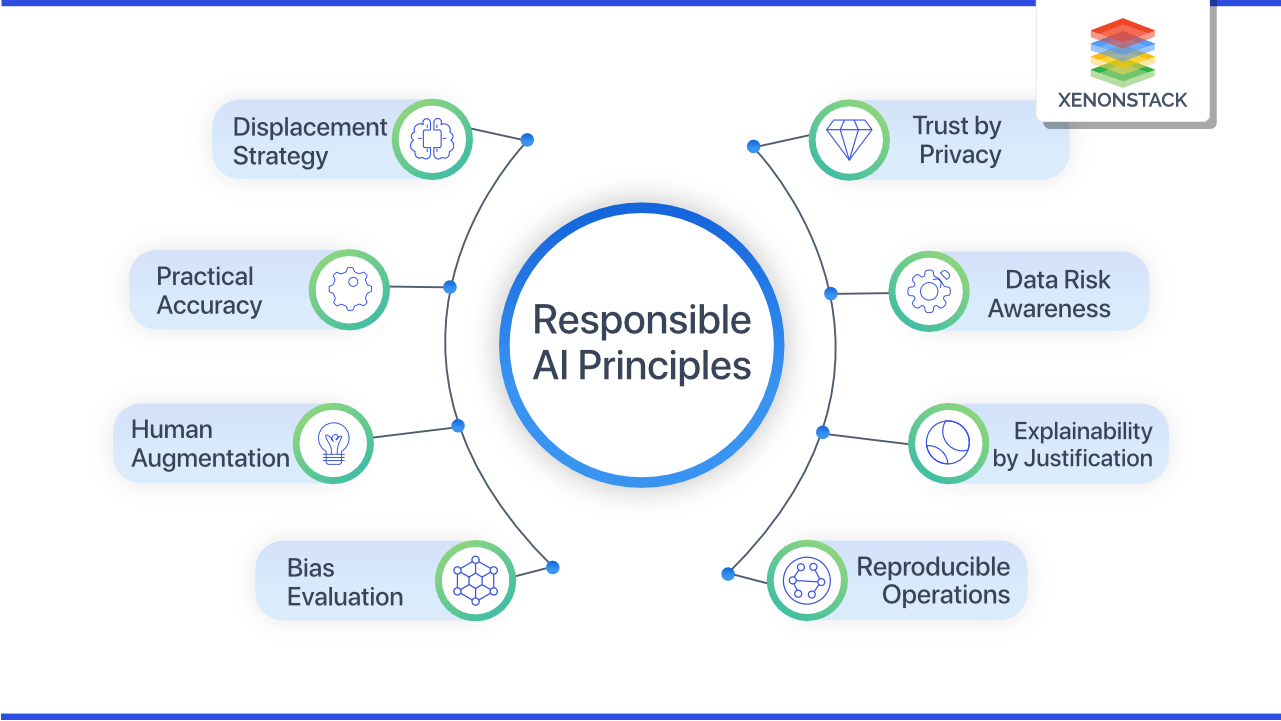California Coast Under Siege: Toxic Algae Bloom And Its Consequences

Table of Contents
The Science Behind Toxic Algae Blooms
Types of Harmful Algae
Toxic algae blooms are caused by various species of microscopic algae, many of which produce potent toxins. Some of the most concerning species found along the California coast include Pseudo-nitzschia, which produces domoic acid, and Alexandrium, responsible for paralytic shellfish poisoning (PSP). These single-celled organisms, under the right conditions, can rapidly multiply, forming massive blooms visible from space. Other species contributing to harmful blooms include various dinoflagellates and diatoms, each with their unique toxins and effects.
Environmental Factors Contributing to Blooms
Several environmental factors contribute to the increasing frequency and intensity of toxic algae blooms. These blooms are often fueled by a combination of:
- Nutrient pollution: Runoff from agricultural fertilizers, sewage, and industrial discharge introduces excessive nutrients (nitrogen and phosphorus) into coastal waters, providing fuel for rapid algal growth. This nutrient pollution is a major driver of eutrophication, creating ideal conditions for HABs.
- Warmer water temperatures: Climate change is leading to rising ocean temperatures, which can accelerate algal growth and extend bloom seasons. Warmer waters also create stratification, preventing vertical mixing and concentrating nutrients near the surface.
- Ocean currents: Ocean currents play a vital role in transporting and concentrating algae, spreading blooms over large areas and affecting various coastal regions. Changes in current patterns due to climate change can exacerbate this effect.
- Sunlight: Adequate sunlight is essential for photosynthesis, allowing algae to thrive. Calm weather conditions can also contribute to the formation and persistence of blooms.
Examples of specific events include the large domoic acid producing blooms off the coast of Monterey in 2015 and 2019, which caused widespread shellfish closures and impacted marine life populations.
Impacts on Marine Life
Effects on Fish and Shellfish
Toxic algae blooms have devastating consequences for marine life. Fish and shellfish are directly affected by the toxins produced by these algae. Domoic acid, for example, can cause neurological damage and death in marine mammals, seabirds, and fish. Shellfish, like mussels, clams, and oysters, are particularly vulnerable because they filter-feed and accumulate toxins in their tissues (bioaccumulation). This process leads to shellfish poisoning, endangering both wildlife and humans.
- Affected species: Sea lions, whales, birds, various fish species (e.g., anchovies, sardines), mussels, clams, oysters.
- Mortality rates: Mass mortality events, particularly among marine mammals and birds, are frequently associated with toxic algae blooms. Accurate mortality statistics are challenging to obtain, but significant population declines have been observed.
Disruption of the Food Web
The impacts of toxic algae blooms extend far beyond the direct mortality of individual organisms. The disruption of the marine food web has long-term cascading effects. When key species, such as fish or shellfish, die off, it disrupts the balance of the ecosystem. Larger predators that depend on these affected species for food experience population declines as well. This trophic cascade affects the entire ecosystem's health and biodiversity.
- Affected predator species: Sea otters, sharks, larger fish species that feed on affected fish and shellfish.
- Long-term consequences: Loss of biodiversity, altered community structure, and reduced ecosystem resilience.
Impacts on Human Health and Economy
Human Health Risks
Consumption of contaminated seafood poses serious health risks to humans. Paralytic Shellfish Poisoning (PSP) and Amnesic Shellfish Poisoning (ASP) are two significant concerns associated with toxic algae blooms. PSP can cause neurological symptoms, including paralysis and respiratory failure, while ASP can lead to memory loss and other neurological problems. In addition, aerosolized toxins from breaking waves can cause respiratory irritation in people near affected areas.
- Symptoms and treatment: Symptoms vary depending on the toxin and the amount consumed. Treatment often involves supportive care, focusing on managing symptoms.
- Statistics: The number of human illnesses linked to toxic algae blooms varies annually, but cases are reported regularly along the California coast.
Economic Consequences
Toxic algae blooms have profound economic repercussions. Beach closures due to the presence of harmful algae severely impact tourism, resulting in lost revenue for businesses dependent on coastal recreation. Fishing restrictions and bans on harvesting shellfish cripple fishing industries and the livelihoods of fishermen and related businesses.
- Economic losses: Millions of dollars in lost revenue due to beach closures, fishing restrictions, and decreased tourism.
- Long-term consequences: Reduced economic activity, job losses, and potential long-term damage to coastal communities.
Monitoring and Mitigation Strategies
Current Monitoring Efforts
Several organizations, including state and federal agencies, monitor California’s coastal waters for harmful algae blooms. These efforts involve:
- Satellite imagery: Provides a broad overview of bloom distribution and extent.
- Water sampling: Allows for the identification of specific algae species and toxin levels.
- Early warning systems: Provide timely alerts to public health officials, shellfish harvesters, and the public.
The effectiveness of current monitoring efforts varies depending on factors like funding, technology, and the unpredictable nature of blooms. Improved coordination and resources are needed for comprehensive coverage.
Potential Mitigation Strategies
Addressing the issue of toxic algae blooms requires a multifaceted approach:
- Nutrient reduction: Implementing stricter regulations on agricultural runoff, improving wastewater treatment, and reducing industrial discharges.
- Sustainable agriculture: Promoting farming practices that minimize fertilizer use and protect water quality.
- Water quality improvement: Investing in infrastructure to improve water quality in coastal areas.
Implementing these strategies presents significant challenges, including the need for substantial investment, interagency cooperation, and changes to established practices. However, the long-term benefits of reducing the frequency and severity of toxic algae blooms far outweigh the costs.
Conclusion
Toxic algae blooms pose a serious and growing threat to the California coast. These blooms have far-reaching consequences, impacting marine life, human health, and the economy. Current monitoring efforts are crucial, but further investment in research and the implementation of effective mitigation strategies are necessary to protect this valuable ecosystem. Understanding the threat of toxic algae blooms is crucial for safeguarding the future of our California coast. Learn more about this issue and support initiatives aimed at protecting our precious marine environment by visiting the websites of organizations like the California Department of Public Health and the National Oceanic and Atmospheric Administration (NOAA). Let's work together to combat the growing menace of toxic algae blooms and ensure a healthy future for the California coastline.

Featured Posts
-
 Broadcoms V Mware Acquisition At And T Exposes A Staggering 1050 Price Hike
May 30, 2025
Broadcoms V Mware Acquisition At And T Exposes A Staggering 1050 Price Hike
May 30, 2025 -
 Southeast Asian Solar Imports Face Steep Us Tariffs A 3 521 Increase
May 30, 2025
Southeast Asian Solar Imports Face Steep Us Tariffs A 3 521 Increase
May 30, 2025 -
 Metallica To Play Two Nights At Dublins Aviva Stadium In June 2026
May 30, 2025
Metallica To Play Two Nights At Dublins Aviva Stadium In June 2026
May 30, 2025 -
 Monte Carlo Masters Alcarazs Triumphant Return
May 30, 2025
Monte Carlo Masters Alcarazs Triumphant Return
May 30, 2025 -
 The Impact Of Us Solar Import Duties On Hanwha And Ocis Market Position
May 30, 2025
The Impact Of Us Solar Import Duties On Hanwha And Ocis Market Position
May 30, 2025
Latest Posts
-
 Best Spring Hotel Deals Up To 30 Discount
May 31, 2025
Best Spring Hotel Deals Up To 30 Discount
May 31, 2025 -
 Responsible Ai Acknowledging The Limits Of Current Ai Learning Capabilities
May 31, 2025
Responsible Ai Acknowledging The Limits Of Current Ai Learning Capabilities
May 31, 2025 -
 Ai And The Illusion Of Learning A Call For Responsible Ai Use
May 31, 2025
Ai And The Illusion Of Learning A Call For Responsible Ai Use
May 31, 2025 -
 The Reality Of Ai Learning Addressing Misconceptions And Promoting Responsible Use
May 31, 2025
The Reality Of Ai Learning Addressing Misconceptions And Promoting Responsible Use
May 31, 2025 -
 The Reality Of Ai Learning Promoting Responsible Ai Practices
May 31, 2025
The Reality Of Ai Learning Promoting Responsible Ai Practices
May 31, 2025
